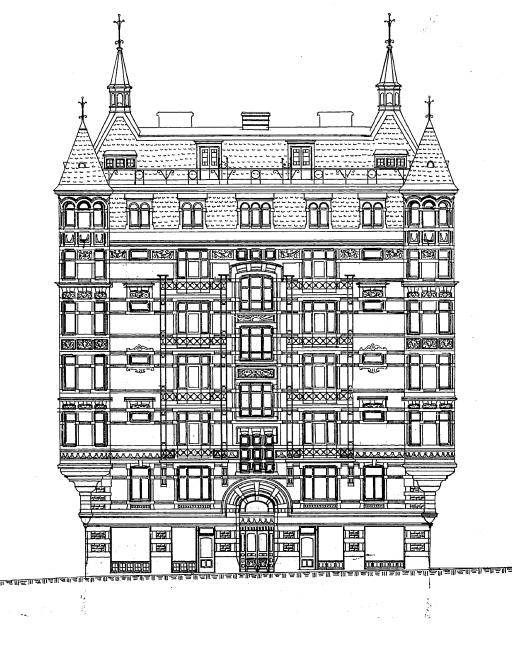Time ZoneBy Daniel Palmer
On November 17, 1997, a Chinese woman posed in front of a wallpaper cityscape of the New York skyline featuring the World Trade Center. Later, on August 23, 1998, and February 27, 2000, a scaled-down replica of the Twin Towers appeared behind middle-class Chinese visitors at a popular Beijing theme park filled with copies of world landmarks. Finally, on September 12, 2001, a photograph was taken off a TV screen showing the World Trade Center engulfed in flames. The event that became known as 9/11 was witnessed the following morning in China, and dramatically recasts the previous images, which together allude to some of the mediated ways that Chinese citizens have participated in recent American history. Personal photographs are largely impervious to public events, but their inescapable imprint is visible in retrospect. On This Day is a new sample of Thomas Sauvin’s vast archive, ‘Beijing Silvermine’. That archive is the result of an intervention by the French collector that is now legendary: anonymous colour negatives were salvage from being melted down for their silver content from a recycling plant on the outskirts of the city. Instead, over many years living in China and now back in Paris, Sauvin bought the dusty negatives by the kilo in old rice bags. Now numbering over 850,000, the negatives span twenty years from 1985 to 2005 – from the time amateur cameras, films and labs became widely available to the Chinese middle class to their disappearance with the rise of digital cameras
These are not discarded memories, since the ‘original’ prints may still be safely treasured in family albums in Beijing. But Sauvin’s digital scanning of the discarded negatives has yielded an extraordinary alternative life for the images. The twilight of point-and-shoot film photography was also a time of massive transformation in Chinese society, and the archive provides a unique insight into everyday Chinese desires and aspirations. The standard repertoire of snap happy moments – birthdays, weddings, holidays, portraits of wives and girlfriends and cats – is supplemented by an unusually large number of photographs of people posing with new consumer items such as refrigerators and TVs, uniquely Chinese rituals such as brides lighting multiple cigarettes for men at weddings, military costumes, Mao posters and giant pandas.
Every image suggests a story. But Sauvin never wanted to be the sole author of the archive, and constantly seeks new perspectives on it in collaboration with others. Swedish artists Klara Källström and Thobias Fäldt are logical collaborators, given their publications have also sought to excavate complex layers of history and explore the gaps between what is visible and knowable. When Sauvin gave them a hard drive with thousands of images to contemplate, they were drawn to the faded orange date-stamps that appear on about a quarter of the prints. For a brief window before the demise of popular film photography – prefiguring the embedded metadata of digital images – point-and-shoot cameras imprinted LCD-style dates onto negatives. Such photographs are literally an index of time itself.
Källström and Fäldt turned to the Internet for information about some of the specific dates, which alerted them to the popular history site onthisday.com, with its lists of political and sporting events, celebrity marriages and deaths. The site is probably most visited by people seeking to discover what happened on the day they were born, and offers a relentlessly Euro-American perspective – with scant information about Chinese history. By using the date stamped photographs to drive their investigation, one readymade archive driving the other, they force together two incommensurable sources of incomplete information about the world. “Two inadequate descriptive systems”, as Martha Rosler might say, the gap between them complicating the self-evidentiary claims of each other, revealing their obvious omissions and biases.
Sauvin’s image archive points to China’s ambivalent relationship to the West. Simulations of the New York skyline, a single bottle of Perrier, a Chinese basketballer posing in front of a poster of US player Michael Jordan, a party of giggling women the day the World Wide Web was born, a Chinese tourist posing in front of the Eiffel Tower, obscured by a finger over the lens. In this context, amateur mistakes and damaged images take on a particular pathos. Temporally and culturally displaced, photographs that once made sense to someone intimate become a puzzle – eccentric, abstract and poetic (someone doing a push-up with a pillow on their back, a woman sitting on a bed with a hand over her face in front of a poster of a nude). We are always on the outside; we know nothing about the scenes beyond their rough location and precise date, charging them with mystery.
The scanned images were printed in Paris, their corners rounded, then sent to Sweden to be glued to pages where events from onthisday.com have been hand-typed on a manual typewriter. So-called “event of interest”, according to the website, are highlighted with an actual highlighter pen. In this way the book simulates a quasi-bureaucratic archive and evokes something like evidence. But the evidence is nonsensical and apparently random. The images are not even organised chronologically. Instead, they are arranged by a number appearing at the bottom right of each page, which represents the order the negatives were first scanned into Sauvin’s archive. The fact that 9/11 is the last image in the book suggests another narrative. The terrorist attack on the World Trade Center marked the symbolic end of the American century. Just as the list of celebrity divorces points to Western decadence, the found photographs hint at the birth of what is now known as the Chinese century. On the day the American poet William Burroughs died, a fluffy white cat stretched upwards on a chair in Beijing.
